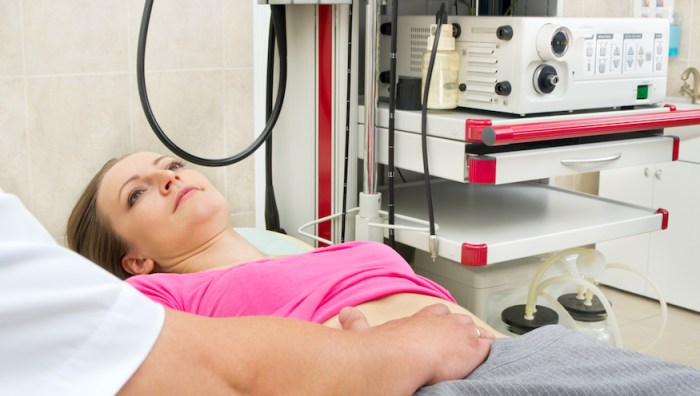Frédérique Penault-Llorca fromthe Jean Perrin Centre in Clermont-Ferrand, a leading cancer research centre in France,explains how key developments in cancer treatments are increasing chances of survival. What have these past few years evolved in treating breast cancer?
We have seen the development of precision medicine for women treated for breast cancer, particularly a therapeutic de-escalation, thanks to the improvement of knowledge in biology. The technique of the “sentinel node” [a biopsy that removes lymph node tissue to look for cancer] is now a standard procedure. What is new about it is that even when this sentinel node is infected, we don’t necessarily have to remove the other nodes. We now have molecular tools to give the most precise prognosis and help us find the right course of action – and combine different approaches. These tools or molecular signatures have allowed us to reduce (by 40 percent) the prescriptions of chemotherapy in the countries where it is frequently used. Also, in case of advanced metastatic cancers [a cancer that spreads from one part of the body to another], when the condition becomes chronic, we are very focused on how the patient is taken care of, the management of their pain, their diet, and psychotherapy. Are there new treatments being used?
New biological therapeutics now exist for hormone responsive metastatic breast cancers. For patients with HER2 breast cancer, new revolutionary treatments are tailored to pinpoint the tumoral cell with the chemotherapy, which prevents the collateral damages of chemo, such as hair loss. Immunotherapy also brings a lot of hope for “triple-negative” breast cancers [when the three most common types of receptors known to fuel most breast cancer growth – oestrogen, progesterone, and the HER2 gene – are not present in the cancer tumor]. Targeting its genetic instability seems to give really good results. What do you think of the media coverage on preventive double mastectomy?
For a patient with an identified genetic risk of breast cancer, who has had several women in her family developing the disease, this preventive mastectomy is an option that needs to be considered and discussed with a medical team. Yet this procedure isn’t harmless and must be given a lot of thought. These patients also have the option of early detection through MRI scans. They also have to keep in mind that most women with the BRCA gene mutation have high risks of ovarian cancers, which they have to keep a close eye on. What are the promising breakthroughs?
Studies are being conducted on the link between physical activity and breast cancer (which seems to promote a decrease of relapses and tiredness). In France, we are leading well-advanced research to evaluate the biology of a tumor: looking for targets in cancers through new generation sequencing. Can we hope for a recovery rate of 100 per cent?
We can work on an even earlier detection on even more women by understanding the precancerous stages, thanks to biology and the development of bioinformatics to analyze data. The earlier the detection, the better the chances of recovery.
Expert explains new developments in treating breast cancer



















